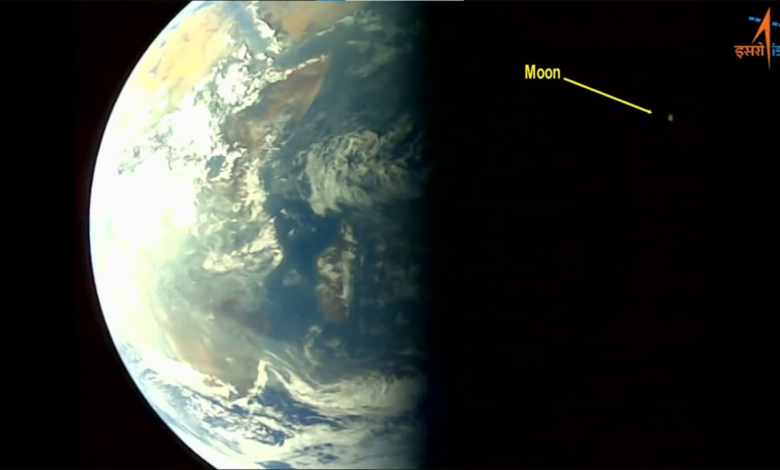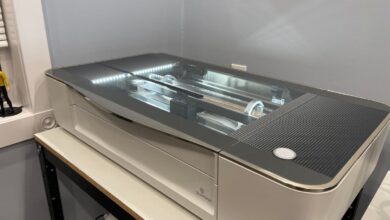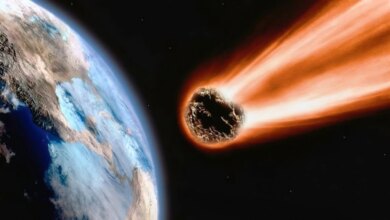ISRO shares Aditya-L1 selfie and other spectacular photos of Earth and Moon on X

On September 2, India’s first-ever space-based solar observatory took off from Satish Dhawan Space Centre SHAR (SDSC SHAR), Sriharikota. The ISRO solar mission is now headed towards the Lagrange 1 (L1) point, a stable gravity zone between the Earth and the Sun, located about 1.5 million kilometers away from the Earth. It has been 5 days since its journey began, and for the first time, Aditya-L1 has looked back at Earth, Moon to take a photo. Not just a photo of the home planet, Aditya-L1 also took a selfie. The spacecraft then shared the selfie and other photos of Earth and Moon with ISRO.
ISRO has now shared these images on its official X account and said, “Aditya-L1 Mission: Onlooker! Aditya-L1, destined for the Sun-Earth L1 point, takes a selfie and images of the Earth and the Moon”.
In the selfie, the VELC (Visible Emission Line Coronagraph) and SUIT (Solar Ultraviolet Imager) instruments can be seen by the camera attached to the Aditya-L1. The images were taken by the spacecraft on September 4, just two days after its launch. On the same day, it also clicked a picture of Earth and Moon can be seen in the background. The image is a reminder of how far Aditya-L1 has moved from the planet in such a short time and also how small and insignificant planet Earth and its Moon seem from a distance.
Aditya-L1’s journey to the L1 point
The spacecraft has completed two successful maneuvers around the Earth, with the last move coming on September 5. As perISRO, the next maneuver will occur on September 10. After that, one final maneuver will take place in order to fit the spacecraft in the L1 point.
During the spacecraft’s trajectory towards L1, it will first exit the Earth’s gravitational pull which is called the Sphere of Influence (SOI). Then the spacecraft will transition into the cruise phase and eventually be placed into a large halo orbit around L1. The entire trip from launch to L1 is expected to last around four months for Aditya-L1.
The mission aims to get a deeper understanding of the Sun’s chromospheric and coronal heating, the physics of the partially ionized plasma, the formation of the coronal mass ejections, and solar flares. It will study different layers including the outermost layer of the Sun. Additionally, it plans to study the formation and composition of solar wind and space weather.




